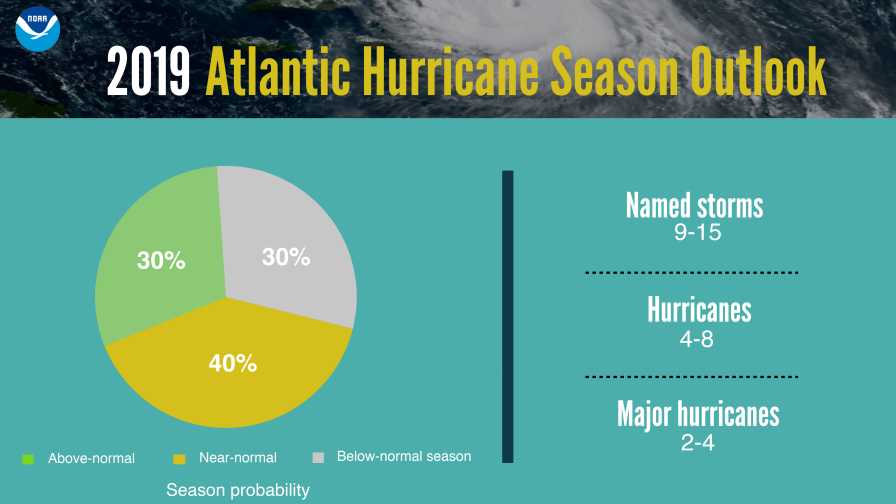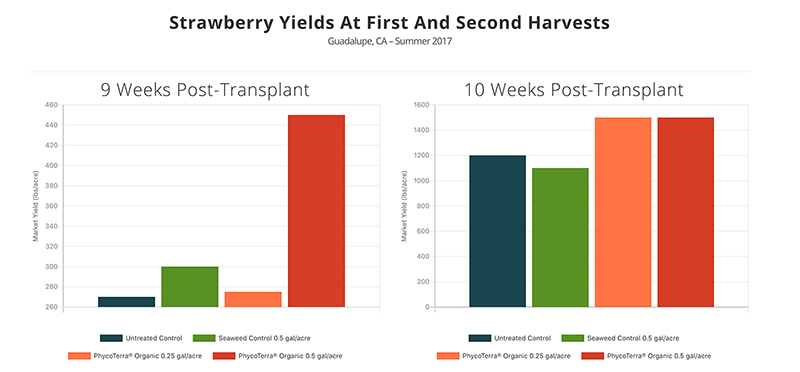‘Near-Normal’ Hurricane Season on the Stir

According to NOAA forecasters, the 2019 Atlantic hurricane season could lean either way.
The 2019 Atlantic hurricane season is here. So, what’s in store this year? NOAA’s Climate Prediction Center is predicting a 40% chance of “near-normal” season. Given the stormy nature of the last few campaigns, which included major strikes from the likes of hurricanes Irma, Florence, and Michael, the definition of a “normal” season might be getting muddled.
An “average” hurricane season produces 12 named storms, of which 6 become hurricanes, including 3 major hurricanes, according to NOAA. The government agency’s outlook for 2019 includes contrasting climate factors, prompting predictions somewhere in that average range (9-15 storms; 4-8 hurricanes; and 2-4 major hurricanes).
The ongoing El Niño climate phase is expected to stick around, which could possibly suppress tropical storm development in the Atlantic basin. Countering El Niño though is the expected combination of warmer-than-average sea surface temperatures in the tropical Atlantic and Caribbean Sea, plus an enhanced west African monsoon, both of which fuel hurricane activity.
In early April, Colorado State University released its Extended-Range Atlantic Hurricane Season Forecast, which called for “slightly below-normal” tropical activity (13 Named Storms; 5 Hurricanes; and 2 Major Hurricanes).
The first named storm of the 2019 Atlantic hurricane season (Andrea) formed a few weeks ago – well before the official June 1 start. The occurrence is not rare though. The same has happened the last four seasons.
The Atlantic hurricane season runs now to Nov. 30.









